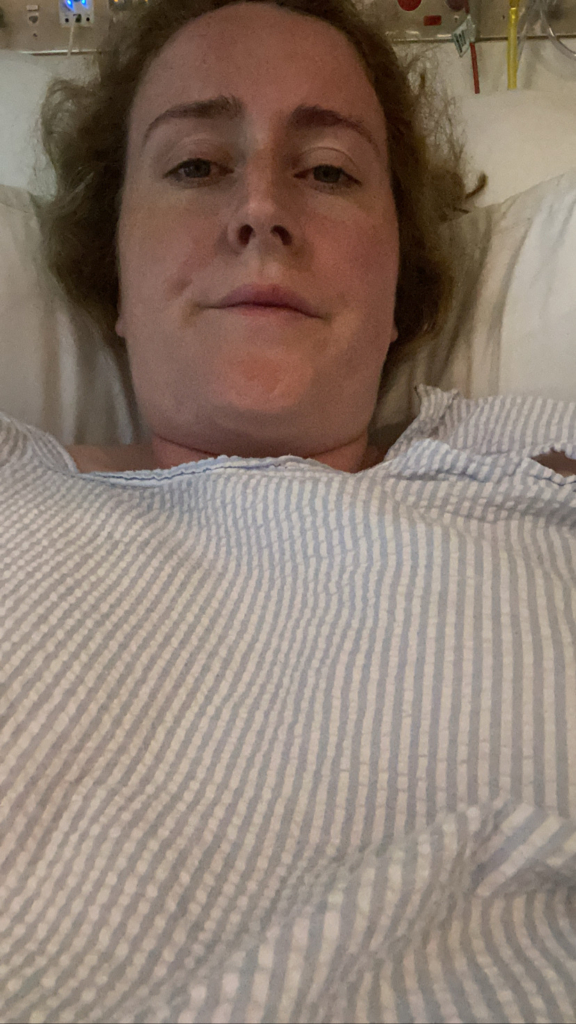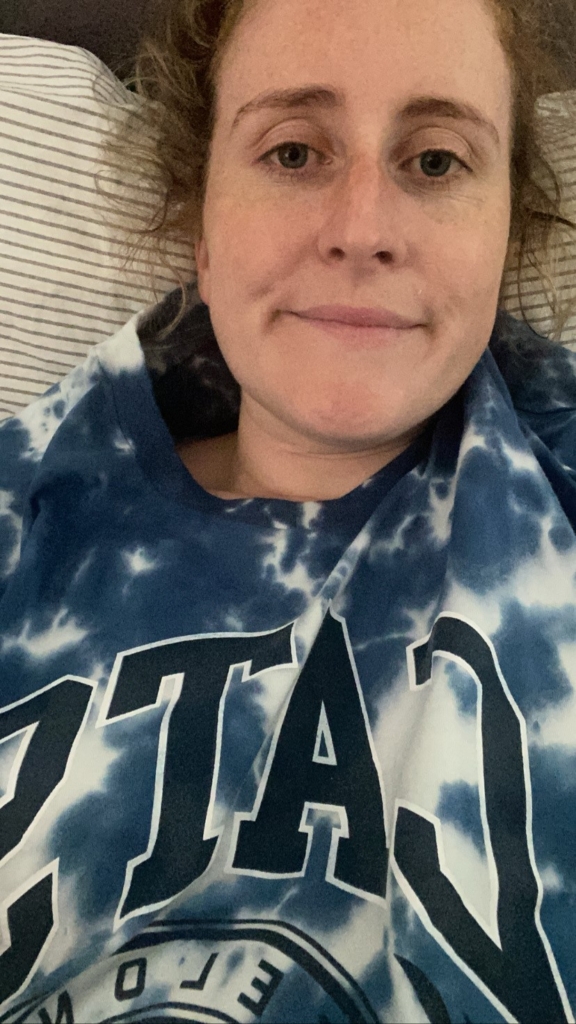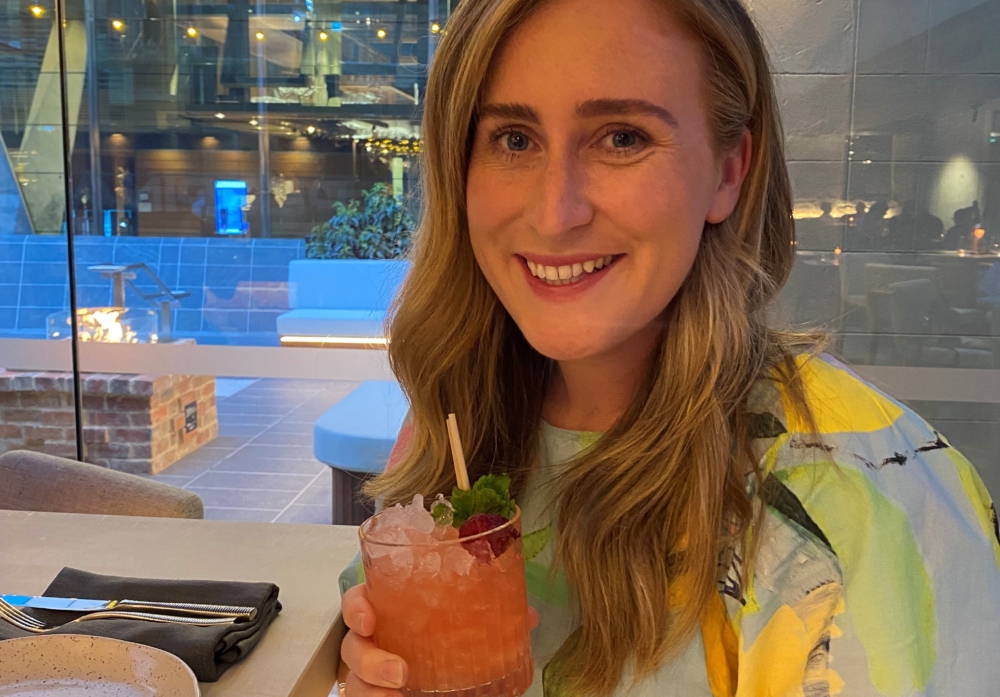My sepsis journey was the culmination of COVID isolation, missed opportunities, and a lack of awareness of early infection symptoms. As I write this in 2025, I reflect on my experience as one of survival—and a lifelong lesson in gratitude.
My story begins on New Year’s Eve, 2022. A small group of close friends and I gathered to celebrate the year that was, choosing a quiet evening over larger events due to a festive COVID spike on the Apple Isle. Unfortunately, that evening of shared margaritas also meant sharing COVID-19. Within days, we were all testing positive and entering isolation.
Living alone at the time, I felt confident that I’d spend the isolation period enjoying my garden and tackling small projects around the house (there was banana bread to be made, after all!). I experienced a wonderful sense of camaraderie among my friends—we checked in daily, shared symptoms, and supported each other through recovery.
In Tasmania, self-isolation at the time lasted at least seven days and until symptoms eased. While my friends began to recover and re-enter the world, I wasn’t improving. Frustrated, I chalked it up to a slower recovery and blamed my body for not bouncing back. But my symptoms worsened: persistent high fever, extreme lethargy, and an inability to keep food or water down. A telehealth appointment attributed these symptoms to COVID-19.
It wasn’t until I began experiencing intense rigours, nausea and confusion that my doctor urged me to call an ambulance. I was deteriorating rapidly due to a UTI that had progressed to a kidney infection.
That first night in a private hospital, my symptoms went undiagnosed. I began hallucinating, and the fear of being isolated in hospital grew overwhelming. At nearly 30 years old, all I wanted was my parents by my side and some reassurance.
Thankfully, I was transferred to the Royal Hobart Hospital and placed under the care of the infectious diseases unit. Over the next few days, my condition worsened. I wasn’t responding to antibiotics, and my case became increasingly severe.
Due to COVID restrictions, I wasn’t allowed visitors. Medical staff entered my room in full PPE. I was deeply frightened. My thoughts turned to the possibility of not being able to say goodbye to my loved ones.
When I had the ability, I began writing messages to family and friends. They started as full paragraphs, then dwindled to a few words, and finally: “I love you.” I’m so grateful those messages were never received.
It’s hard to describe what came next. As I was falling in and out of consciousness, I felt like I was on the edge—aware that I had fight in me, but no strength to act. I was on my third antibiotic treatment, clinging to belief that my body might respond. Just after my family was told to prepare for the worst, the medical team began to see small signs of improvement.
Thanks to the skill and dedication of the medical professionals who cared for me, I recovered. I know not everyone with sepsis is so fortunate, and I carry that awareness with deep gratitude.
I will continue to advocate for the vital work of Sepsis Australia. Because if just one person had asked earlier, “Could it be sepsis?”—my story might have unfolded differently. And oh!, I wouldn’t have missed one of my best friend’s weddings.
Life after Sepsis has been challenging, managing medical PTSD, cognitive challenges and a slow return to ‘normal’ life. However, there is a path to recovery, one that offers a renewed perspective, appreciation, and, of course, gratitude for all those working in and for the medical field.
To my nearest and dearest: thank you. You showed up for me in ways I didn’t even know I needed, and your support continues to carry me through the ongoing recovery of body and mind.




